The 5 Biggest Mistakes Of Habit Change
THE 5 BIGGEST MISTAKES OF HABIT CHANGE (ISSUE 96)
By Diane Gold
What if we could boil down the 5 biggest mistakes of habit change? Could we use them to make changing habits easier? And out of them create the 5 Commandments Of Habit Change?
Everything we read, hear, experience, learn, touch, smell, feel helps in the change process. But we always have to work hard to make change. I have turned myself inside out more than once, and I believe it to be a worthwhile activity.
MISTAKE 1) Look at more than one habit at a time.
In order to succeed, we must focus. We need one-pointed mind.
Remember the quote in The Last Samurai, where the Japanese general tells Tom Cruise’s character,
“Too many mind. No mind,”
when he is training him in the sword? (Go to http://000chi.com to hear the quote.)
Focus On One Habit At A Time
He is referring to our ping pong ball minds. When we look at many things, we lose focus of all of them. When we look at one thing, we are able to focus on it. One Habit At A Time!
MISTAKE 2) Picture the end result instead of the first step.
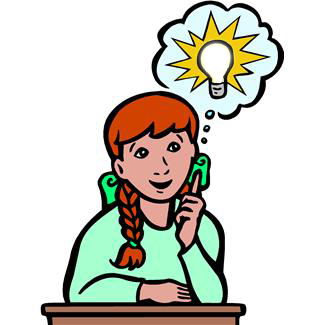 When learning to change a habit, looking too far ahead is usually a deal breaker. If we are looking at the end result, meaning that we changed our habit; it may look vast, overwhelming, impossible, certainly difficult that it’s quitting time, quitting the process of change, that is.
When learning to change a habit, looking too far ahead is usually a deal breaker. If we are looking at the end result, meaning that we changed our habit; it may look vast, overwhelming, impossible, certainly difficult that it’s quitting time, quitting the process of change, that is.
That’s why we only look at the very first step, whatever that step is for each of us at the moment. The first step is NOT the first step in the process. It is the one step directly in front of us. I realize that this same step may need to be done over and over and over again 25 times in one day. This depends upon how many times a cue, urge, trigger presents itself.
Here’s what I mean. Let’s say we decide that when we get the urge to __________, and I am leaving this blank so that any habit can be filled in; we will drink 16 ounces of water. We will also drink water before every meal. Supposedly, it’s difficult for the body to tell if it is hungry or thirsty, so water can fill us up, especially if we have the patience to wait 20 minutes (which most of us don’t) before we __________. Also, the act of drinking the water will change our focus from the ______________ to the water. It may be just enough to allow us not to ____________.
MISTAKE 3) Commit to change our habit forever.
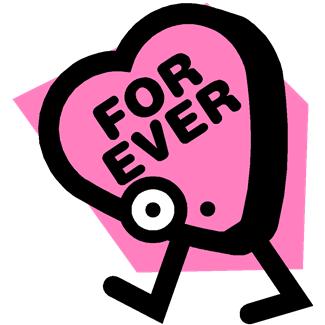 When we decide we will change a habit forever, we are locking ourselves in a prison. To give up an old behavior is not as difficult if we tell ourselves that we might be able to go back to it at some point in the future. It makes it easier to start, and it is not as scary a process. Change A Habit For Today, Not Forever
When we decide we will change a habit forever, we are locking ourselves in a prison. To give up an old behavior is not as difficult if we tell ourselves that we might be able to go back to it at some point in the future. It makes it easier to start, and it is not as scary a process. Change A Habit For Today, Not Forever
It’s easier to say,
“I will do this today,”
than it is to say I will never do this again.
So, our change is for today, not for forever. One Urge At A Time.
MISTAKE 4) Stop doing the action that actually worked to get us to change our habit because we think it’s no longer necessary.
 How many times have we thought we had ourselves together, and we stopped behaving in the way that was working for us? We had changed our habit so long ago that we thought we could stop the technique that got us to change the habit?
How many times have we thought we had ourselves together, and we stopped behaving in the way that was working for us? We had changed our habit so long ago that we thought we could stop the technique that got us to change the habit?
This happens with the weight loss habit all day long. That’s why people lose weight for a year or five, then gain it back. That’s why substance abusers get clean for 10 years and then start their old behavior.
We can’t go to the track once; we can’t do drugs recreationally; we can’t eat chocolate cake for lunch. Because we will cause the cues to start hitting us in the head again. Kind of like a trigger on a gun that is broken. Every time it is fired, it cocks itself. And every time it is cocked, we have the itch to execute our old habit.
We can’t fight biology. Our habits live inside us, and we can’t take them out of us. We can choose to change a habit to make another dormant. If we stop the new, in most cases, we will revert back to the old way of behaving because it is so natural to us. That is why once we make a change, we have to maintain it for as long as we want the old habit to be hidden.
Here’s an example of how the habit of speaking one way reverts to an old way in a flash.
We speak with the accent of our region. The people around us sound the way we sound, and we sound the way they sound. No one in our region says we have an accent because we all speak similarly.
What happens if we move to a different region? According to our new neighbors, we have an accent. They sound like each other, and we don’t like them. People usually smile about it because we sound very much like the place from which we came. We smile, too.
So we end up living in the new region for about 10 years. And we start to sound more and more the way the people of the region sound. This is not really a phenomenon. It is a combination of:
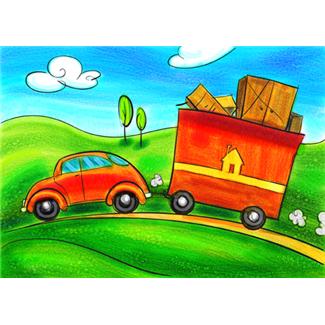
1) wanting to fit in even if this desire is unconscious. We are human and we like to fit in;
2) learning our new accent unconsciously through continually hearing the new region speech all the time and, finally,
3) making an effort to learn the accent of the region so that we can further call it home.
What happens if our best friend from back in our old region comes to visit? We instantly start to speak the dialect or accent of our old region. In a flash. We go out to town to introduce our best friend, and we are speaking the way we were when we first arrived.
Here’s the explanation.
We learned our original habit, our accent from where we were born.
We changed this habit, partly by choosing to fit in and partly through unconscious, auditory repetition.
We changed our habit back to the original habit in a heartbeat because all our habits are always ours.
We choose a new behavior so as not to express the old habit. When we don’t, our old habit comes out (usually). So we need to be diligent even if we have been doing the new habit caused by the new action/behavior for a decade or longer.
The story about the accent focuses on a habit that is not harmful. And, most of the time, the accent habit situation is harmless. But what about the following scenario?
 Imagine a U.S. Senator whose family members all speak street language. She was the only member of the family to go to school. She was raised on “ain’t,” “anyways,” “nucular energy,” “athalete,” “asterik,” “supposubly,” “mischieveeous.” She goes to visit her original home for a week and her entire family speaks their normal street speak to her or with her. Then she comes back to D.C.
Imagine a U.S. Senator whose family members all speak street language. She was the only member of the family to go to school. She was raised on “ain’t,” “anyways,” “nucular energy,” “athalete,” “asterik,” “supposubly,” “mischieveeous.” She goes to visit her original home for a week and her entire family speaks their normal street speak to her or with her. Then she comes back to D.C.
All of a sudden, at a dinner with the President, she starts telling a story about her family. She forgets where she is and begins speaking in her old dialect with her old street slang.
People judge people by their speech. And people don’t use slang in the political halls of our government because of it. Bringing out her old habitual speech could have serious credibility consequences since the public must trust her and some of that public equates her speech with her ability to lead. Her constituents might lose trust in her; and political peers might judge her unworthy of her post.
Fortunately, if someone has become a U.S. Senator, she will have a strong foundation in having learned how to speak and know what to speak in front of whom. But the old speech is there like all our old habits.
5) Forget to enjoy the idea of the new action that led to the new habit which is what helped us conjure the power to change.
This does not apply at the beginning of the habit change process. For as long as it takes, we are learning a new set of behaviors, and enjoyment is important but second to doing the behavior without intellectualization.
The ONLY thing that is relevant is doing the new action. Nothing else.
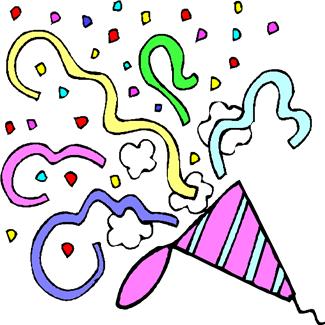 Once we have accomplished doing the new action and have a routine going that includes the new behavior, we can rejoice in the fact that we have begun to change the habit and that we had the power to start. If we forget to be joyful which includes acknowledging ourselves for changing, we are missing out on the joy that can sustain the new behavior.
Once we have accomplished doing the new action and have a routine going that includes the new behavior, we can rejoice in the fact that we have begun to change the habit and that we had the power to start. If we forget to be joyful which includes acknowledging ourselves for changing, we are missing out on the joy that can sustain the new behavior.
CONCLUSION
These 5 mistakes create powerful action steps from which to learn. They are simple ideas that, when executed, have much power, much wisdom and many success statistics.
Here are the steps:
ACTION STEPS – THE FIVE COMMANDMENTS OF HABIT CHANGE
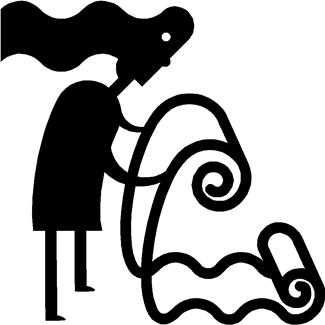
1) Focus on one habit at a time!
2) Picture the first step in front of you now! When accomplished, picture the first step in front of you now!
3) Commit to change your habit for only the moment you have an urge or for an hour after it or for a day. Any longer is too overwhelming.
4) Continue doing the action that changed your habit, even if it doesn’t seem as if you need it.
5) Enjoy the idea that we have made the change (further on down the process).
____________________________________________________________________
____________________________________________________________________
FEEDBACK
Please leave a comment and LIKE.
DIANE GOLD, AUTHOR
Diane Gold, Founder of Warriors of Weight, Turning Habits Into Health, is a mentor in tai chi, kung fu and meditation, a music, fitness and stress expert, dedicated mom, studying plant-based nutrition and habit change.
She has seen the same mistakes over and over when people change habits or make the attempt. She says,
“We can learn as much from our mistakes as from our successes. We may even learn more because we are acutely aware of our falling short of our goals and pay attention so that we can strive to reach them.
“We are fortunate to be able to learn from others’ shortcomings. All living things do. Because we have an emotional and ego-driven minds, it is not as easy for us to take the errors of others as gospel. We are often blinded by egos, unlike our animal friends. If they are blinded, it is usually by the need to survive.
“Let us turn these five mistakes of habit change into action steps. Each one has the potential to make the ultimate difference in the outcome of our goal for habit change.”

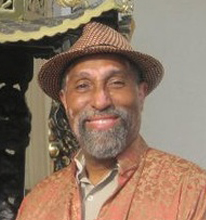
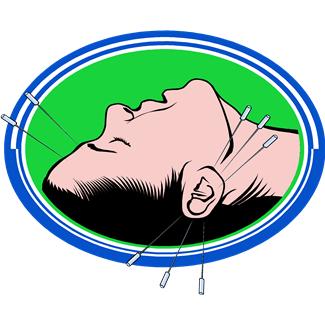 … we look at acupuncture, and we perceive that acupuncture is Chinese Medicine. Acupuncture is only one tool in a tool kit that contains at least 14 different tools. The number one tool is the understanding that blood and energy flow together. … The reason people get sick is that blood and chi become stuck or stagnant.
… we look at acupuncture, and we perceive that acupuncture is Chinese Medicine. Acupuncture is only one tool in a tool kit that contains at least 14 different tools. The number one tool is the understanding that blood and energy flow together. … The reason people get sick is that blood and chi become stuck or stagnant.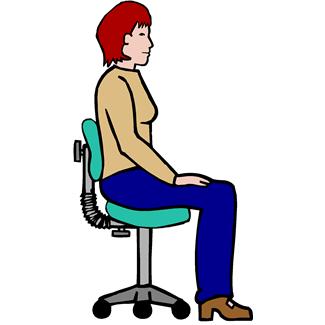 If you see somebody sitting in a chair and they’re slumped over, you say,
If you see somebody sitting in a chair and they’re slumped over, you say,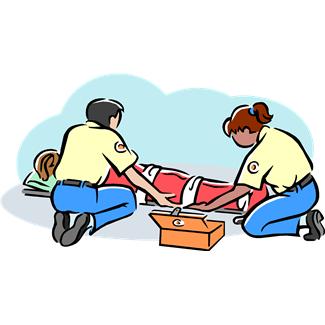
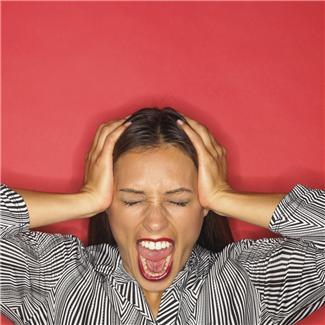
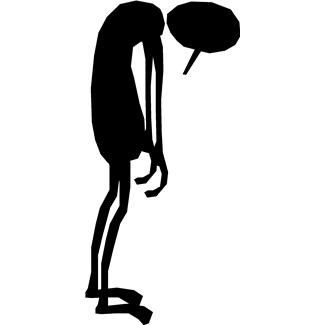 Insufficiency would be not enough love, not enough laughter, not enough relaxation, not enough exercise, not enough water. That would be insufficiency.
Insufficiency would be not enough love, not enough laughter, not enough relaxation, not enough exercise, not enough water. That would be insufficiency.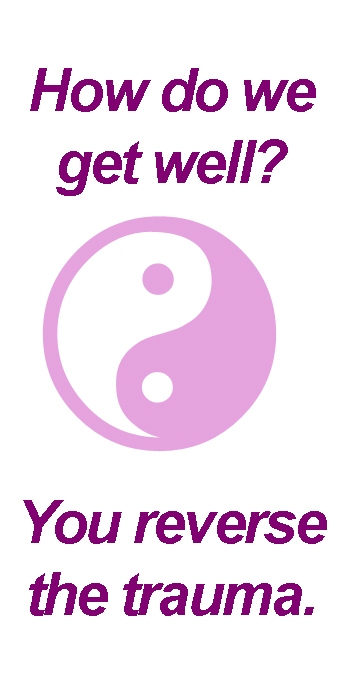
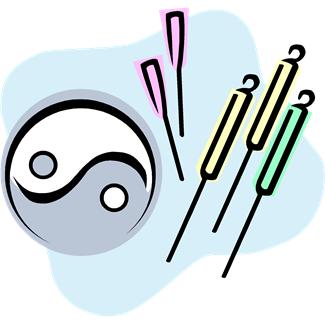
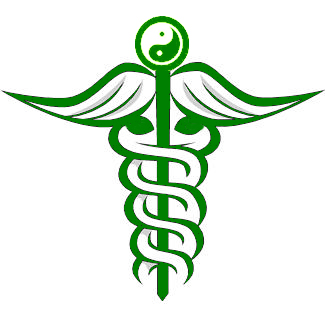 Absolutely right. And many people don’t even know the word acupuncture…
Absolutely right. And many people don’t even know the word acupuncture…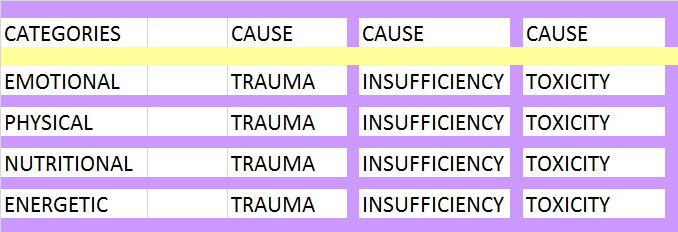
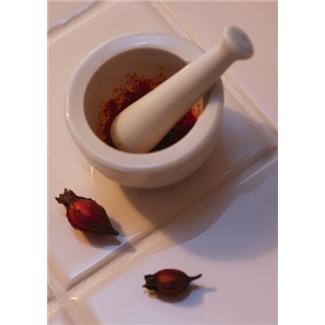 We now have a transparent way of looking at Traditional Chinese Medicine. It is not a mystery any longer. Our interview guest, Doctor Of Oriental Medicine has demystified it. He has talked about how to diagnose by asking, not only why you are there, but who is giving you pain. He mentioned how many tools there are in the arsenal of Chinese Medicine.
We now have a transparent way of looking at Traditional Chinese Medicine. It is not a mystery any longer. Our interview guest, Doctor Of Oriental Medicine has demystified it. He has talked about how to diagnose by asking, not only why you are there, but who is giving you pain. He mentioned how many tools there are in the arsenal of Chinese Medicine.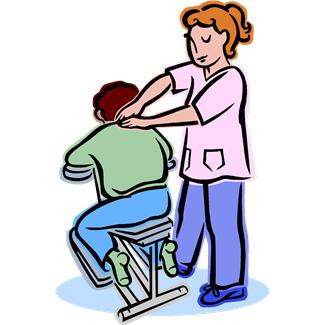
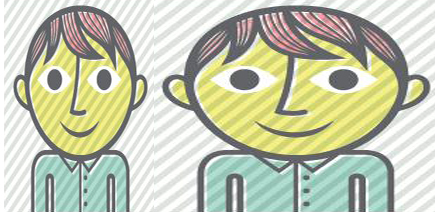 On September 5, a new study came out in the journal, Science, where germ-free mice were colonized with gut microbes (called “microbiota” in the study itself) from four pair of human twins. Each pair of twin donors contained one obese and one thin human. The recipients of the fecal matter were sterile mice who had no gut microbes until they were exposed to the human microbes.
On September 5, a new study came out in the journal, Science, where germ-free mice were colonized with gut microbes (called “microbiota” in the study itself) from four pair of human twins. Each pair of twin donors contained one obese and one thin human. The recipients of the fecal matter were sterile mice who had no gut microbes until they were exposed to the human microbes.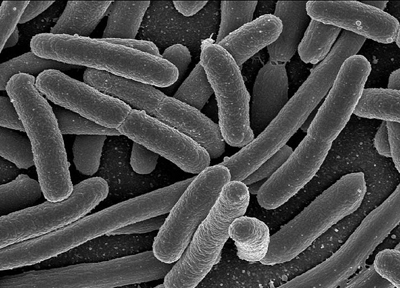
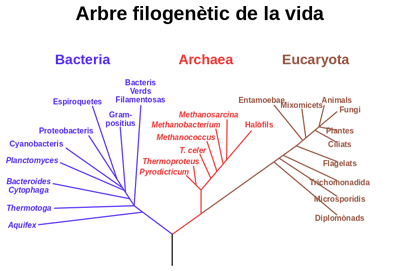


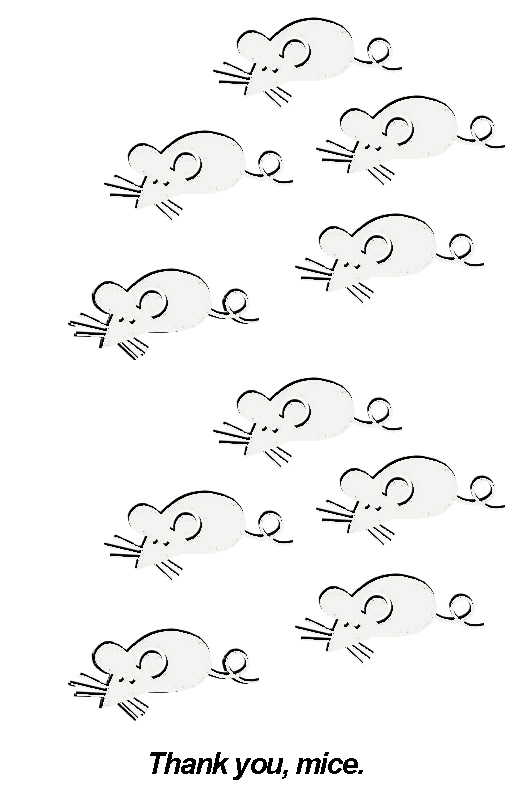
 There are so many ingredients in one product that the habit of reading labels must go along with doing research on what we read, if we wish to understand them. I have been studying labeling of foods since the mid-1970s when I began studying a philosophy that includes meditation (sound yoga) , a lacto-ovo-vegetarian diet and a good clean moral life. I read every label and contacted every manufacturer of anything I ate or drank, and I would pass that info on to my fellow philosophers. My purpose was to eliminate meat, fish, poultry from the diet. I was surprised at how many ingredients and processes were withheld from the consumer. Not enough has changed since then.
There are so many ingredients in one product that the habit of reading labels must go along with doing research on what we read, if we wish to understand them. I have been studying labeling of foods since the mid-1970s when I began studying a philosophy that includes meditation (sound yoga) , a lacto-ovo-vegetarian diet and a good clean moral life. I read every label and contacted every manufacturer of anything I ate or drank, and I would pass that info on to my fellow philosophers. My purpose was to eliminate meat, fish, poultry from the diet. I was surprised at how many ingredients and processes were withheld from the consumer. Not enough has changed since then.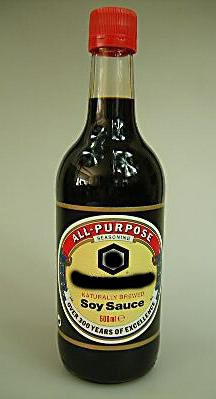 Example One: Take the alcohol in the common soy sauce, for example. It can be made from animal fat, plant substance or it can be man-made. If we choose to stay away from animal products, we won’t know whether there is animal in it by the ingredient name only. If we have an allergy to certain plants, we may not even know we are ingesting the allergic substance due to incomplete labeling practices. And, then there’s synthetic alcohol. That leaves the ingredient “alcohol” open to any number of methods of alcohol preparation.
Example One: Take the alcohol in the common soy sauce, for example. It can be made from animal fat, plant substance or it can be man-made. If we choose to stay away from animal products, we won’t know whether there is animal in it by the ingredient name only. If we have an allergy to certain plants, we may not even know we are ingesting the allergic substance due to incomplete labeling practices. And, then there’s synthetic alcohol. That leaves the ingredient “alcohol” open to any number of methods of alcohol preparation.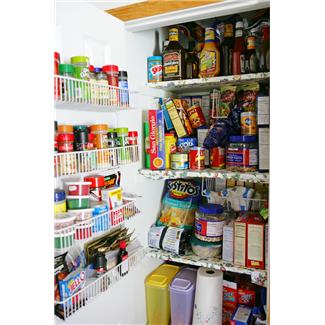 Aside from the fact that we have been raised to buy food products in packages, the labels of those products don’t tell us the source, and the materials used in the manufacturing process are not required to be disclosed. We accept this and make it a standard in our buying habits.
Aside from the fact that we have been raised to buy food products in packages, the labels of those products don’t tell us the source, and the materials used in the manufacturing process are not required to be disclosed. We accept this and make it a standard in our buying habits.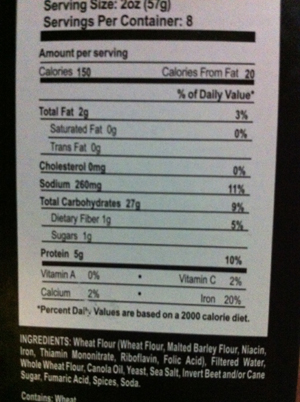 1)
1)  5)
5)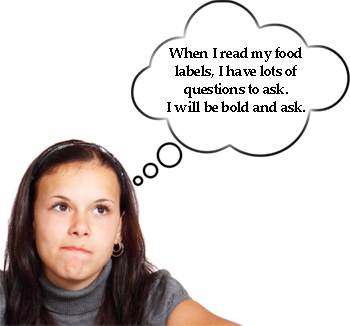 2)
2) 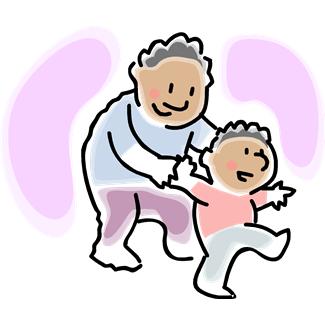 Both habits and mastery require many lessons. They are both learned behaviors that require extreme repetition. Habits are responses we cultivate as a reaction to a certain feeling, urge, itch, trigger, craving. With repetition, these responses become semi-automatic behaviors that become part of our infrastructure until we change them. Mastery is a state of prowess developed through repeating any skill set.
Both habits and mastery require many lessons. They are both learned behaviors that require extreme repetition. Habits are responses we cultivate as a reaction to a certain feeling, urge, itch, trigger, craving. With repetition, these responses become semi-automatic behaviors that become part of our infrastructure until we change them. Mastery is a state of prowess developed through repeating any skill set.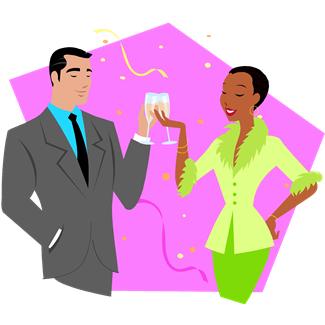 When we get the same urge over and over and do the same behavior to answer the urge, isn’t that actually mastering the management of that urge? In some cases, this “management” supports our positive life style. In others, the habit burdens us or diminishes our effective productivity.
When we get the same urge over and over and do the same behavior to answer the urge, isn’t that actually mastering the management of that urge? In some cases, this “management” supports our positive life style. In others, the habit burdens us or diminishes our effective productivity.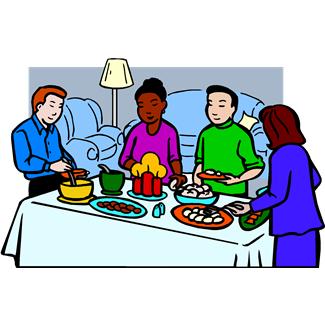
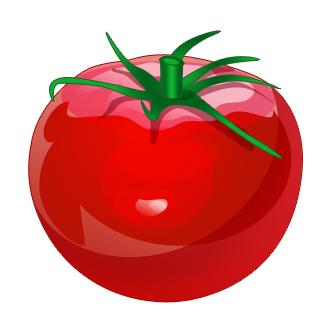
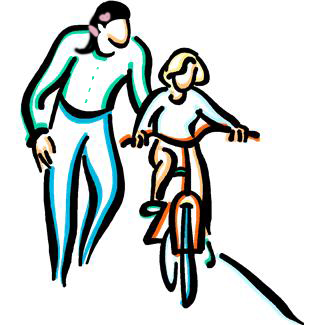 Whether we repeat our training, we learn, whether it’s riding a bike, learning to walk, learning to swim, answering our food urge mechanism by eating snack foods, answering our alcohol trigger by drinking to excess; we learn well how to immerse ourselves in the habit.
Whether we repeat our training, we learn, whether it’s riding a bike, learning to walk, learning to swim, answering our food urge mechanism by eating snack foods, answering our alcohol trigger by drinking to excess; we learn well how to immerse ourselves in the habit.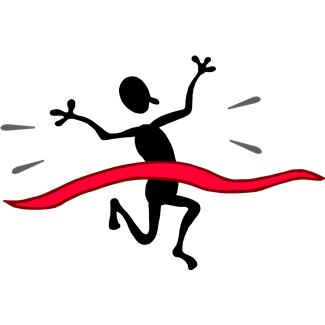 The skills used to develop a habit are focus, repetition and follow through. These are the skills needed to change a habit, too. Of course, passion is involved in the original learning and should one choose to make a change.
The skills used to develop a habit are focus, repetition and follow through. These are the skills needed to change a habit, too. Of course, passion is involved in the original learning and should one choose to make a change. Health care costs make it difficult or impossible for all Americans to afford the services they deserve. After surprising a young college student friend of mine from India over the fact that everyone in the United States does not have all the necessities, I decided to look into health care costs.
Health care costs make it difficult or impossible for all Americans to afford the services they deserve. After surprising a young college student friend of mine from India over the fact that everyone in the United States does not have all the necessities, I decided to look into health care costs.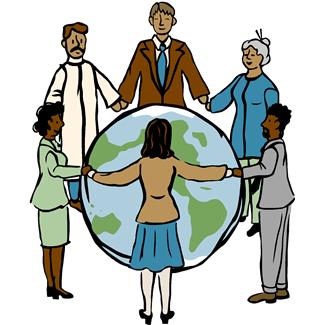
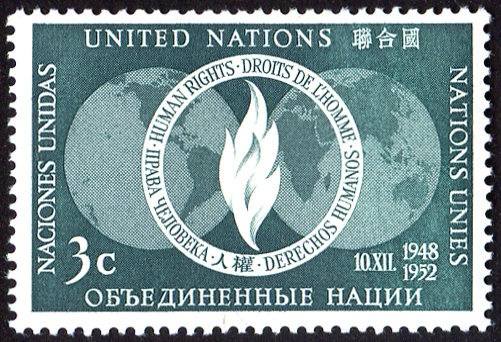 Although about 1/6 of our income in the United States goes to health care, how can we maintain that health care is a human right if some people can’t afford it? Or do we consider health care a privilege? And, if we step off our continent for a moment and look at the fact that the amount I pay for health insurance per month could pay for the health care of 15 people in most African nations for the same month, or in the Congo or Burma, for 45 people.
Although about 1/6 of our income in the United States goes to health care, how can we maintain that health care is a human right if some people can’t afford it? Or do we consider health care a privilege? And, if we step off our continent for a moment and look at the fact that the amount I pay for health insurance per month could pay for the health care of 15 people in most African nations for the same month, or in the Congo or Burma, for 45 people. 1)
1)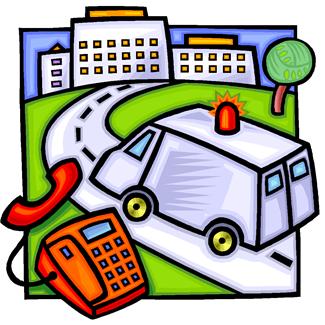
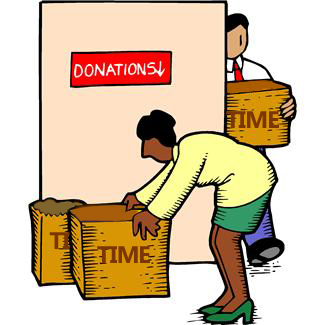 11)
11)  Health care costs are high due to fees for medical personnel, cost of equipment and facilities, intricacies of technology, cost of research. Because we are in the habit of wasting instead of conserving, we spend more than we have to – in time and in money. When we are ill, we like to see beautiful offices, rather than cheaply appointed office space with cracks, old paint and the smell of age. Sometimes, we even equate the ability of a professional staff with the grandeur of an office. As employees, we want to be paid for our work, and we should be.
Health care costs are high due to fees for medical personnel, cost of equipment and facilities, intricacies of technology, cost of research. Because we are in the habit of wasting instead of conserving, we spend more than we have to – in time and in money. When we are ill, we like to see beautiful offices, rather than cheaply appointed office space with cracks, old paint and the smell of age. Sometimes, we even equate the ability of a professional staff with the grandeur of an office. As employees, we want to be paid for our work, and we should be.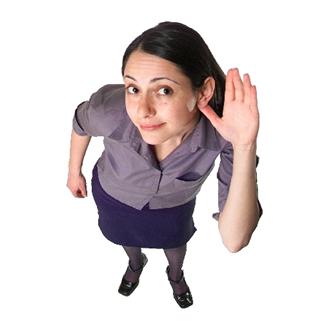 Hearing these words brought back a whole series of memories starting with a story my mother told me about her childhood. Now, I know that I have always been an explorer and that if a rule or tradition didn’t make sense to me, I always questioned it. I was encouraged to do so by both my parents.
Hearing these words brought back a whole series of memories starting with a story my mother told me about her childhood. Now, I know that I have always been an explorer and that if a rule or tradition didn’t make sense to me, I always questioned it. I was encouraged to do so by both my parents. So, let’s backtrack to when my mom was one-year-old. (This photo is not my mom. Because of her free spirit, I believe she would laugh if she saw this representation. This photo is used with lots of love and memories of nurturing.) She told me that she loved to see a plate break on the floor, that she would laugh with abandon at this phenomenon. Maybe it was the excitement of seeing the pieces scatter. It was a favorite activity, nonetheless. And my grandfather used to buy her plates so that she could knock them off her highchair so that she could laugh and be free. Yes, he was liberated, too.
So, let’s backtrack to when my mom was one-year-old. (This photo is not my mom. Because of her free spirit, I believe she would laugh if she saw this representation. This photo is used with lots of love and memories of nurturing.) She told me that she loved to see a plate break on the floor, that she would laugh with abandon at this phenomenon. Maybe it was the excitement of seeing the pieces scatter. It was a favorite activity, nonetheless. And my grandfather used to buy her plates so that she could knock them off her highchair so that she could laugh and be free. Yes, he was liberated, too.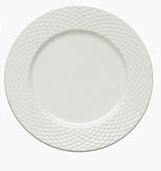 I did not throw plates, but I was encouraged to be my own person, ask questions about anything for the purpose of becoming a productive and liberated person. I can’t swear that my parents were thinking of the word “liberation” when they were raising me. They just saw no need to teach me to be seen and not heard as was and still is a popular method of child-rearing. Personally, I think this method can repress a child’s spirit and disable a child’s curiosity. Respect for elders and familial hierarchy can be taught in many ways, but free speech, in my opinion, should begin at the earliest of ages.
I did not throw plates, but I was encouraged to be my own person, ask questions about anything for the purpose of becoming a productive and liberated person. I can’t swear that my parents were thinking of the word “liberation” when they were raising me. They just saw no need to teach me to be seen and not heard as was and still is a popular method of child-rearing. Personally, I think this method can repress a child’s spirit and disable a child’s curiosity. Respect for elders and familial hierarchy can be taught in many ways, but free speech, in my opinion, should begin at the earliest of ages. Let me clarify that many people raised in the “be seen and not heard” old-school philosophy are successful, happy, shining and wonderfully balanced. There are, however, many of us raised with restrictions every time we turn around, such as don’t speak unless we are asked a question, always be available as a servant to our parents, all friends must be researched for family stature and then brought to the house for approval; we are often stressed, repressed and depressed because of it. Certainly, we are rarely liberated and feel the pain of not being trusted.
Let me clarify that many people raised in the “be seen and not heard” old-school philosophy are successful, happy, shining and wonderfully balanced. There are, however, many of us raised with restrictions every time we turn around, such as don’t speak unless we are asked a question, always be available as a servant to our parents, all friends must be researched for family stature and then brought to the house for approval; we are often stressed, repressed and depressed because of it. Certainly, we are rarely liberated and feel the pain of not being trusted. 2) We don’t speak up due to our self-image. This usually has to do with the fact that we are younger, older, the minority sex in the group, the wrong sexual orientation, a woman whose place (in in someone else’s mind) is in the home, the wrong nationality, religion or socio-economic level.
2) We don’t speak up due to our self-image. This usually has to do with the fact that we are younger, older, the minority sex in the group, the wrong sexual orientation, a woman whose place (in in someone else’s mind) is in the home, the wrong nationality, religion or socio-economic level.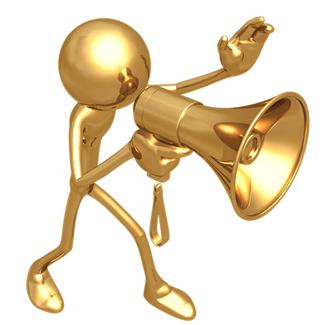 2)
2)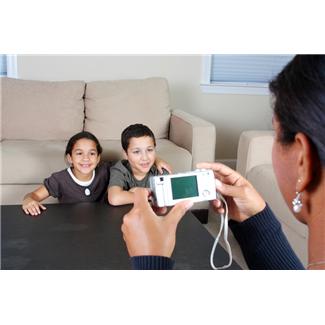
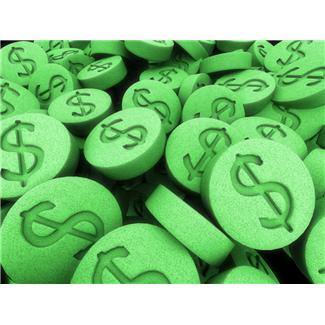
 The scientists who spend time researching what will do what to whom care about the outcome of their work as it will benefit humanity whether they work on drugs or supplements.
The scientists who spend time researching what will do what to whom care about the outcome of their work as it will benefit humanity whether they work on drugs or supplements. Usually, supplement inventors are in the field of medicine outside the allopathic medicine sphere, meaning they are not part of the set of doctors who treat patients only when a disease shows up. They are more part of the set of doctors or medical healers who look at preventing disease from happening in the first place. They have experience treating people on a more personal level, even possibly physically touching their bodies to heal them. Even without the physical aspect, the people who recommend supplements tend to think prevention first, pharmaceuticals afterwards.
Usually, supplement inventors are in the field of medicine outside the allopathic medicine sphere, meaning they are not part of the set of doctors who treat patients only when a disease shows up. They are more part of the set of doctors or medical healers who look at preventing disease from happening in the first place. They have experience treating people on a more personal level, even possibly physically touching their bodies to heal them. Even without the physical aspect, the people who recommend supplements tend to think prevention first, pharmaceuticals afterwards.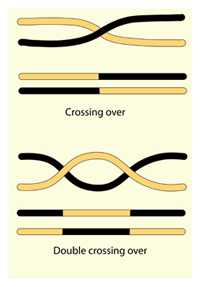 The interesting thing about this, and this is the cross-over point, is that, sometimes when the pharmaceutical industry sees a very lucrative supplement, they move to get it approved as a pharmaceutical so that they can market it.
The interesting thing about this, and this is the cross-over point, is that, sometimes when the pharmaceutical industry sees a very lucrative supplement, they move to get it approved as a pharmaceutical so that they can market it.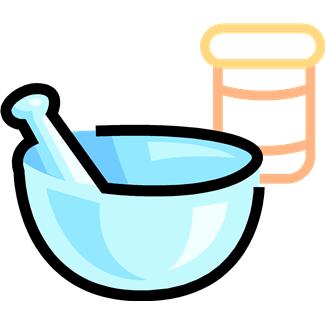 The cross-over point is obvious when we see some products sold as supplements in some countries but as drugs in others. Or consider that Belladonna, when my father was alive, was only available by prescription for gastrointestinal issues and the like. Now, it is available at the homeopathic store.
The cross-over point is obvious when we see some products sold as supplements in some countries but as drugs in others. Or consider that Belladonna, when my father was alive, was only available by prescription for gastrointestinal issues and the like. Now, it is available at the homeopathic store.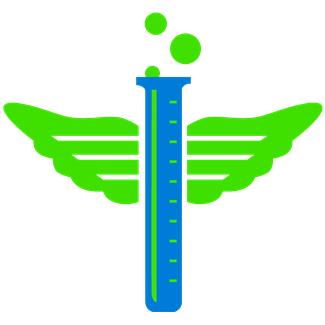 There is, at least, one drug company working on a cancer cure using the human immunodeficiency virus as a one-time cure. They will not be able to administer or sell the drug more than once, because the body cannot accept the treatment more than once. They are considering giving up their profit for the good will it will bring their company and so that they can be first to “cure” childhood cancer. Maybe they wish to show they are benevolent after losing a patent case in India (which the court said was “evergreening,” a technique of making a tiny change to an already patented drug so as to push the expiration date of that patent back for, you guessed it, cha-ching, longer profitability) which would have taken a different cancer drug and made it too expensive for most people who need it in developing countries. With the court ruling, generic companies can now reproduce the drug to help the poor.
There is, at least, one drug company working on a cancer cure using the human immunodeficiency virus as a one-time cure. They will not be able to administer or sell the drug more than once, because the body cannot accept the treatment more than once. They are considering giving up their profit for the good will it will bring their company and so that they can be first to “cure” childhood cancer. Maybe they wish to show they are benevolent after losing a patent case in India (which the court said was “evergreening,” a technique of making a tiny change to an already patented drug so as to push the expiration date of that patent back for, you guessed it, cha-ching, longer profitability) which would have taken a different cancer drug and made it too expensive for most people who need it in developing countries. With the court ruling, generic companies can now reproduce the drug to help the poor.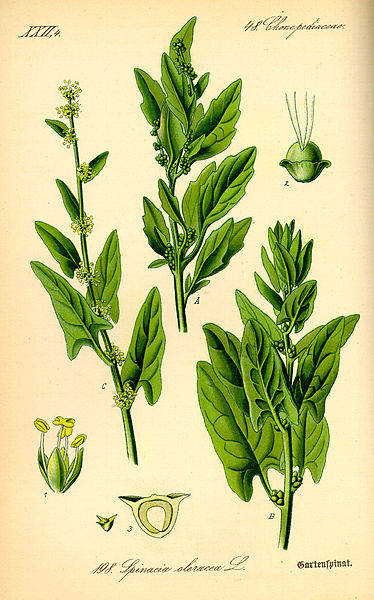
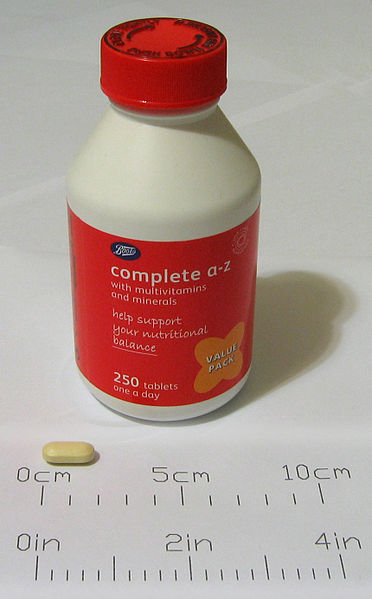 The Supplement Game is big in 2013, to the tune of over $60 Billion in total. There’s a supplement for every ache in our body, every ache in our mind and every blemish that plants itself on our body’s largest and only external organ, the skin. We are groomed from an early age to take our vitamins. In case this concept hasn’t been explored, it is a part of consumerism that is made into a habit at a very young age: daily vitamins caps.
The Supplement Game is big in 2013, to the tune of over $60 Billion in total. There’s a supplement for every ache in our body, every ache in our mind and every blemish that plants itself on our body’s largest and only external organ, the skin. We are groomed from an early age to take our vitamins. In case this concept hasn’t been explored, it is a part of consumerism that is made into a habit at a very young age: daily vitamins caps.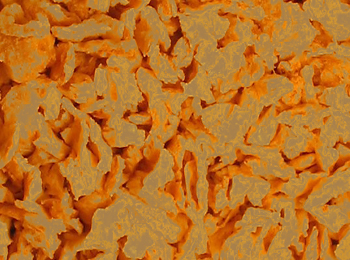 Plus, almost all the soy protein isolate, as it is usually listed in the ingredient section, is genetically modified, with many studies showing this process is detrimental to our health.
Plus, almost all the soy protein isolate, as it is usually listed in the ingredient section, is genetically modified, with many studies showing this process is detrimental to our health.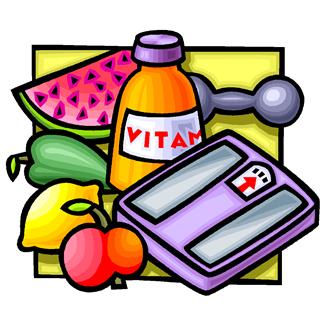 Let’s get back to how we get into the supplement game. We begin our journey being treated by doctors who do not have to take nutrition in school although some medical schools offer one class. We were schooled at places that offered us a choice between cardboard pizza, a processed cheese sandwich or an unidentified institutional meat with a few pieces of iceberg lettuce topped with two shreds of carrot and three shreds of red cabbage. Oh, yes, and milk, which has been proven to turn cancer on and off in rats (T. Colin Campbell’s The China Study).
Let’s get back to how we get into the supplement game. We begin our journey being treated by doctors who do not have to take nutrition in school although some medical schools offer one class. We were schooled at places that offered us a choice between cardboard pizza, a processed cheese sandwich or an unidentified institutional meat with a few pieces of iceberg lettuce topped with two shreds of carrot and three shreds of red cabbage. Oh, yes, and milk, which has been proven to turn cancer on and off in rats (T. Colin Campbell’s The China Study). Why not just eat a mushroom and get that potassium, copper, selenium, vitamin B and protein?
Why not just eat a mushroom and get that potassium, copper, selenium, vitamin B and protein?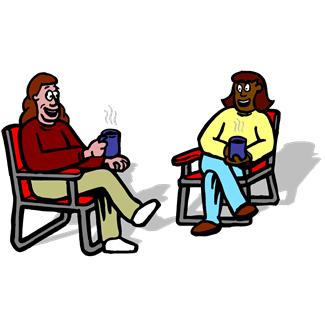
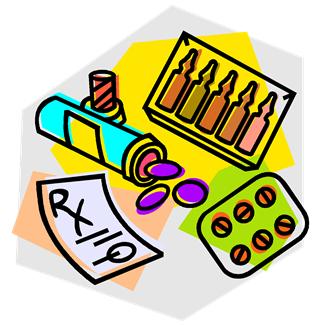 Through the medical model to fix what ails, doctors are schooled in drug therapy. This is super fantastic since drugs are miraculous helpers. But, there are preventive disciplines that have little to do with pharmaceuticals; they teach us how to live and thrive without drugs.
Through the medical model to fix what ails, doctors are schooled in drug therapy. This is super fantastic since drugs are miraculous helpers. But, there are preventive disciplines that have little to do with pharmaceuticals; they teach us how to live and thrive without drugs.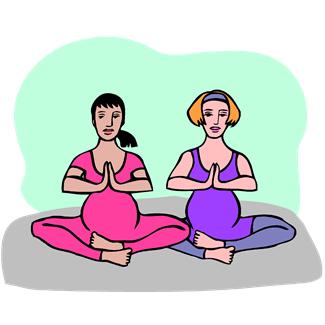
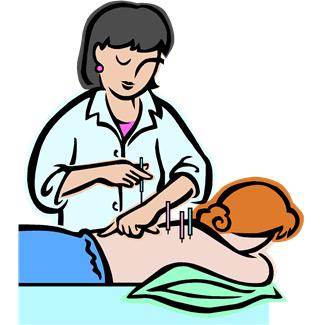
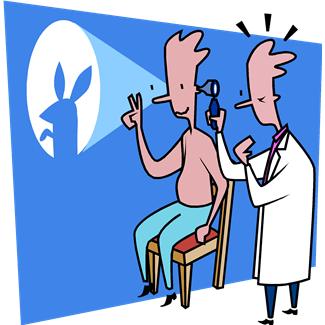 Of course, there are loads of habits we have developed over the years. They are so ingrained, sometimes we can’t identify which are based on learned facts, on nebulous supposition, on familial traditions.
Of course, there are loads of habits we have developed over the years. They are so ingrained, sometimes we can’t identify which are based on learned facts, on nebulous supposition, on familial traditions.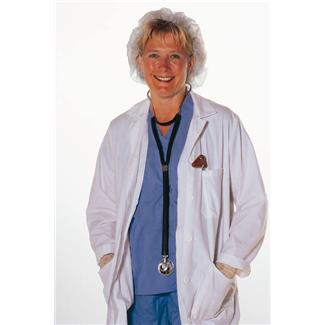 3)
3)





